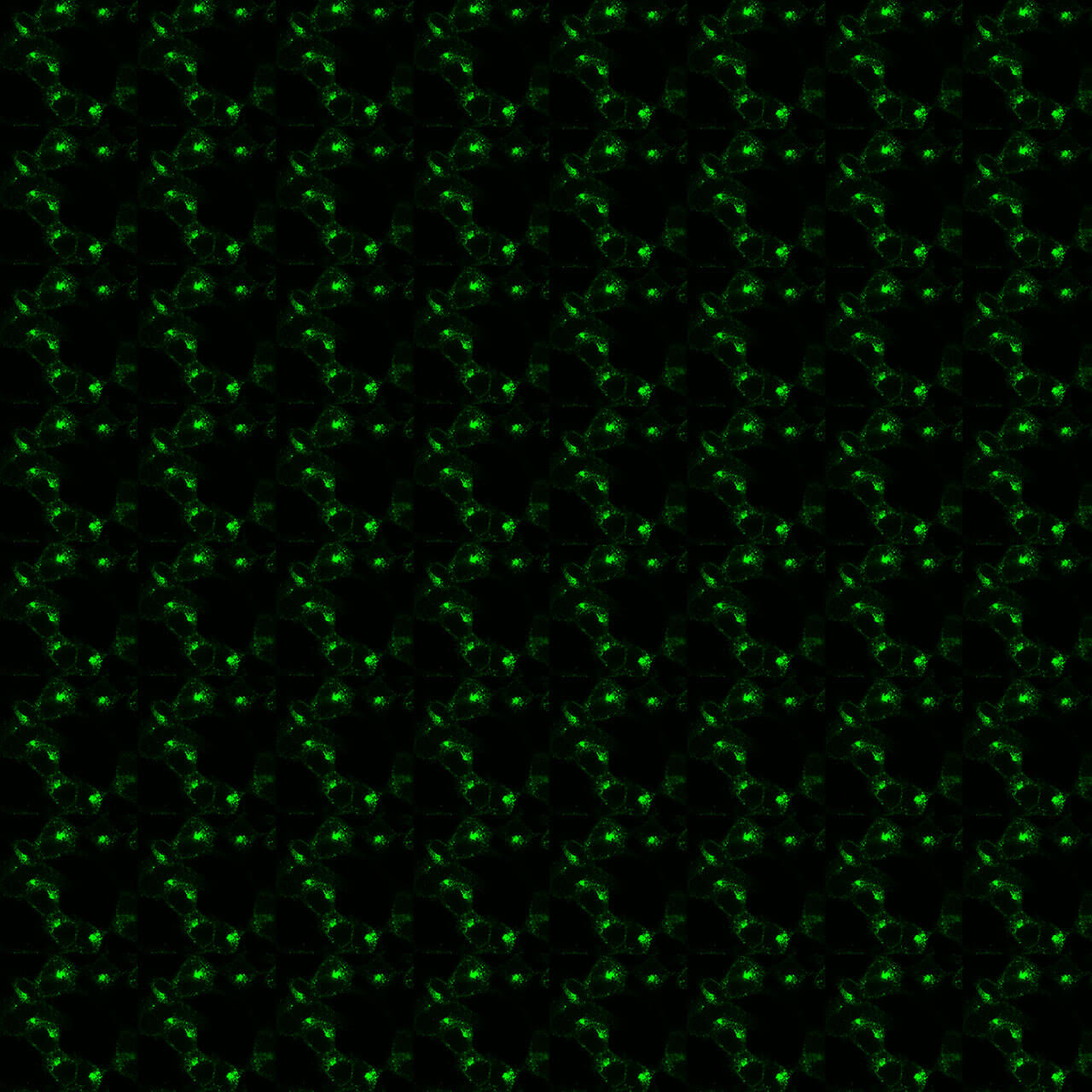No results were found for the filter!
NEW
 CX3CR1 (non-phospho), CX3C Chemokine Receptor 1...
CX3CR1 (non-phospho), CX3C Chemokine Receptor 1... The non-phospho-CX3CR1 receptor antibody is directed against the distal part of the carboxyl-terminal tail of human CX3CR1. It can be used to detect total CX3CR1 receptors in Western blots independent of phosphorylation.
$ 400.00 *
NEW
 CXCR3 (non-phospho), CXCR3 Chemokine Receptor...
CXCR3 (non-phospho), CXCR3 Chemokine Receptor... The non-phospho-CXCR3 receptor antibody is directed against the distal end of the carboxyl-terminal tail of human CXCR3. It can be used to detect total CXCR3 receptors in Western blots independent of phosphorylation.
$ 400.00 *
Citations
KO-Validated
 MOP (GP-IHC-grade), µ-Opioid Receptor Antibody,...
MOP (GP-IHC-grade), µ-Opioid Receptor Antibody,... The µ-Opioid Receptor antibody is directed against the distal end of the carboxyl-terminal tail of mouse, rat and human MOP. It detects selectively the canonical form of MOP and none of the putative splice variants. In can be used to...
$ 400.00 *
Citations
KO-Validated
 MOP (GP-non-phospho), µ-Opioid Receptor...
MOP (GP-non-phospho), µ-Opioid Receptor... The non-phospho-µ-opioid receptor antibody is directed against the distal end of the carboxyl-terminal tail of mouse, rat and human MOP. It detects selectively the canonical form of MOP and none of the putative splice variants. It can be...
$ 400.00 *
NEW
 SST2 (GP-IHC-grade), Somatostatin Receptor 2...
SST2 (GP-IHC-grade), Somatostatin Receptor 2... The SST2 receptor antibody is directed against the distal end of the carboxyl-terminal tail of human Somatostatin Receptor 2. It detects selectively the canonical form of SST2 (also referred to as SST2A) and not the putative splice...
$ 400.00 *
NEW
KO-Validated
 SST2 (GP-non-phospho), Somatostatin Receptor 2...
SST2 (GP-non-phospho), Somatostatin Receptor 2... The GP-non-phospho-SST2 receptor antibody is directed against the distal end of the carboxyl-terminal tail of mouse, rat and human SST2. It detects selectively the canonical form of SST2 (also referred to as SST2A) and not the putative...
$ 400.00 *
NEW
 CRF1 (IHC-grade), Corticotropin-Releasing...
CRF1 (IHC-grade), Corticotropin-Releasing... The CRF1 receptor antibody is directed against the distal part of the carboxyl-terminal tail of human CRF1. It can be used to detect total CRF1 receptors in Western blots independent of phosphorylation. The CRF1 antibody can also be used...
$ 400.00 *
Citations
 NTS1 (non-phospho), Neurotensin Receptor 1...
NTS1 (non-phospho), Neurotensin Receptor 1... The NTS1 receptor antibody is directed against the distal end of the carboxyl-terminal tail of human Neurotensin Receptor 1. It can be used to detect total NTS1 receptors in Western blots independent of phosphorylation. The NTS1 antibody...
$ 400.00 *
NEW
 CCR7 (IHC-grade), CC Chemokine Receptor 7 Antibody
CCR7 (IHC-grade), CC Chemokine Receptor 7 Antibody The CCR7 receptor antibody is directed against the distal end of the carboxyl-terminal tail human CCR7. It can be used to detect total CCR7 receptors in Western blots independent of phosphorylation. It can also be used to isolate and...
$ 400.00 *
NEW
 CCR7 (non-phospho), CC Chemokine Receptor 7...
CCR7 (non-phospho), CC Chemokine Receptor 7... The CCR7 receptor antibody is directed against the distal end of the carboxyl-terminal tail human CCR7. It can be used to detect total CCR7 receptors in Western blots independent of phosphorylation. It can also be used to isolate and...
$ 400.00 *
NEW
 CXCR4 (GP-non-phospho), CXC Chemokine Receptor...
CXCR4 (GP-non-phospho), CXC Chemokine Receptor... The non-phospho-CXCR4 receptor antibody is directed against the distal end of the carboxyl-terminal tail of mouse, rat and human CXCR4. It can be used to detect CXCR4 receptors in Western blots in a phosphorylation-sensitive manner. It...
$ 400.00 *
NEW
 GPR35 (IHC-grade), GPR35 Receptor Antibody
GPR35 (IHC-grade), GPR35 Receptor Antibody The GPR35 receptor antibody is directed against the distal part of the carboxyl-terminal tail of human GPR35. It can be used to detect total GPR35 receptors in Western blots independent of phosphorylation. The GPR35 antibody can also be...
$ 400.00 *
Citations
NEW
 GPR35 (non-phospho), G Protein-coupled Receptor...
GPR35 (non-phospho), G Protein-coupled Receptor... The non-phospho-GPR35 receptor antibody is directed against the distal part of the carboxyl-terminal tail of human GPR35. It can be used to detect total GPR35 receptors in Western blots independent of phosphorylation. The...
$ 400.00 *
Citations
 GHRHR (IHC-grade), GHRH Receptor Antibody
GHRHR (IHC-grade), GHRH Receptor Antibody The GHRH receptor antibody is directed against the distal end of the carboxyl-terminal tail of human Growth Hormone-Releasing Hormone Receptor. It detects the canonical form of GHRHR as well as the amino-terminal splice variant SV1. It...
$ 400.00 *
Citations
 ETA (IHC-grade), Endothelin Receptor A Antibody
ETA (IHC-grade), Endothelin Receptor A Antibody The ETA receptor antibody is directed against the distal end of the carboxyl-terminal tail of mouse, rat and human endothelin receptor A. It can be used to detect ETA receptors in Western blots in a phosphorylation-sensitive manner...
$ 400.00 *
Citations
 SST1 (IHC-grade), Somatostatin Receptor 1 Antibody
SST1 (IHC-grade), Somatostatin Receptor 1 Antibody The SST1 receptor antibody is directed against the distal end of the carboxyl-terminal tail of human Somatostatin Receptor 1. It can be used to detect total SST1 receptors in Western blots independent of phosphorylation. The SST1...
$ 400.00 *
Recently viewed


